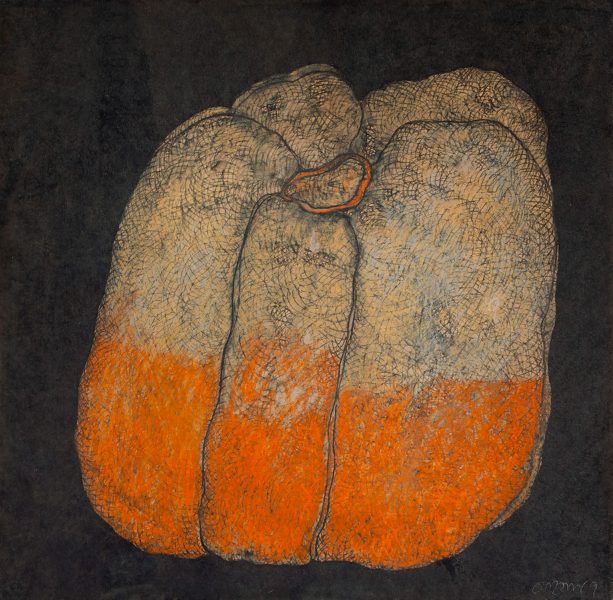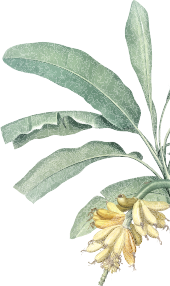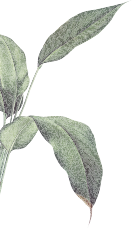
Capsicums: the edible globetrotters
Very rarely does one ingredient serve the idea of “eating the rainbow” all by itself. Red, yellow, green and orange capsicums are a common sight in India and deeply embedded in the culture, making it almost impossible to believe that they are not indigenous to the nation. Grown originally by the Aztecs 5000 years ago, the capsicum made its mark as world trade accelerated dramatically in the 15th and 16th centuries.
The most commonly accepted notion is that the Portuguese brought capsicum to India, along with potatoes, papaya, pineapple and cashews in circa 1497 C.E. But opulent cookbooks like Ni’matnama (the book of delights) started by the ruler of the Malwa Sultanate in central India in 1500 C.E makes no mention of capsicum, suggesting it had not yet become a mainstream ingredient in the country.
Under the British rule, capsicum rose to popularity. It was grown in abundance in the hill station of Shimla in Himachal Pradesh, the summer capital of British India. The hillslopes of Shimla, dressed in a green carpet of capsicums, gave the vegetable its Hindi name popular to this day- Shimla mirch. In Tamil Nadu, capsicum was deemed Kodai Mozhagai, meaning umbrella-like chilli. Whatever one may call it, the presence of capsicum in India is a delight and essential to countless preparations today.
“Mankind, animal life and nature in the form of plant life are all bound to the rhythm of universal nature.” – Jogen Chowdhury
Jogen Chowdhury’s paintings are minimalistically outlined and highly textured, elements that stand out in this painting from 1977. The artist’s proclivity towards darker colours, such as black, perhaps harks back to memories of his early life in Kolkata as a refugee from the Partition. He remarks that “our plight, both physical and mental, must have also affected my use of colours.” The work could simply be a still life, yet it’s difficult to ignore the moment at which Chowdhury has chosen to capture the subject. His treatment of the skin of the pumpkin or bell pepper through the use of his signature cross-hatching technique seem to suggest signs of decay, but the retention of orange colour in the bottom half serves as a reminder of its vibrant nature. The artist has savoured what is remaining and inspires to find beauty in all things, old or new.





Share It Now...